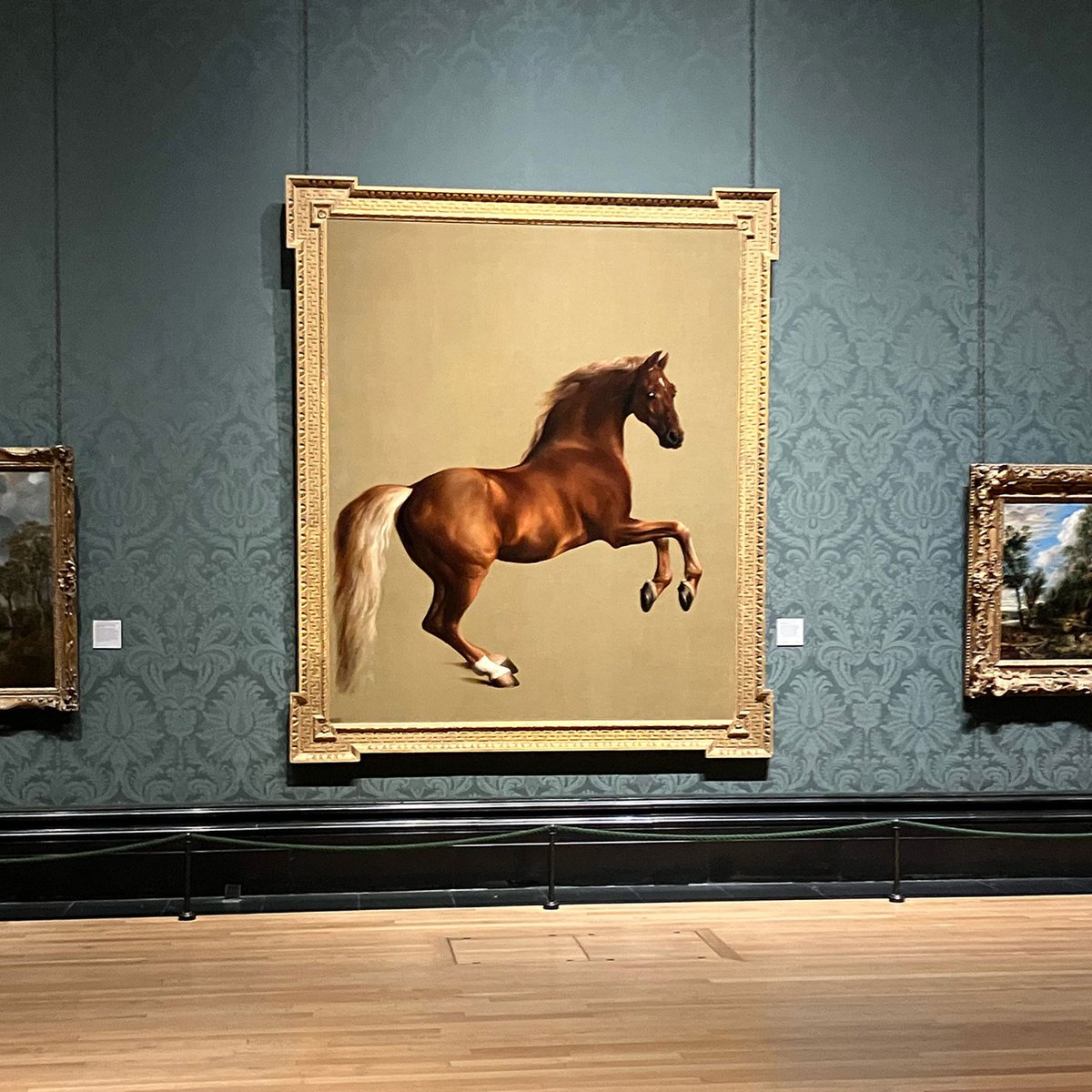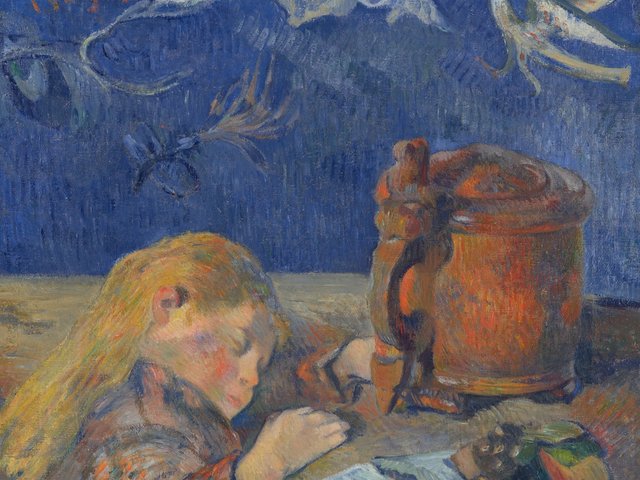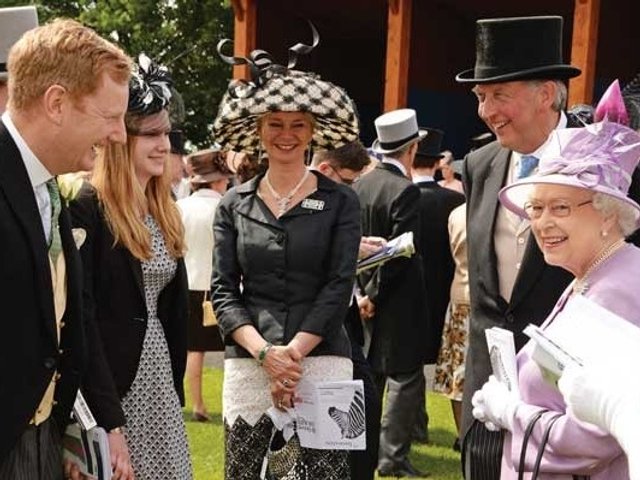It is becoming harder and harder to find truly great works of art.
We at The Art Newspaper have picked out the following objects which have appeared on the market over the last 10 years.
They are not necessarily the most expensive objects and, in the case of Picasso or Beckmann, not especially rare, but they are all sublime examples of their kind.
The Old Master paintings have come from the cash-strapped English aristocracy, the Picasso from an American estate sale, the biggest source for the Impressionist and Modern market.
The Adam mirror was a chance identification on the part of a scholarly London dealer and the Gloucester candlestick part of a self-confessed investment portfolio.
The supply of great works has slowed to a trickle, which explains why these things command such huge prices.
However, museums and private collectors should take heart from the fact that discoveries are still made (for example the Michelangelo drawing from Castle Howard and the Cimabue, both recently sold by Sotheby’s London).
And last month, an extraordinary rarity, a painting by Gentile Bellini, appeared on the market (see below).
So there are still untold masterpieces locked away throughout the world.
Giltwood mirror designed by Robert Adam for Coventry House London, 1770-71.
Acquired for £325,000 from Pelham Galleries by the Trustees of the Victoria and Albert Museum, 1992
This is one of Adam's greatest designs. The oval frame flanked by the two leaning figures shows his absorption of Roman Baroque as much as the influence of the antique. The conceit of the mirror being suspended on the carved and gilt ropes held by the two figures is a wonderful touch. The mirror is especially unusual in English furniture design in that it is a surviving example from a London rather than a country house. It was commissioned by Lord Coventry for the Eating Room of his London house at 29 Piccadilly. The mirror came up unidentified at Doyle's auction room in New York in 1989; it had previously been in the collection of Benjamin Sonnenberg. Alan Rubin of Pelham Galleries was outbid at auction. However, on returning to London he was looking through Adam’s designs in the Soane Museum in search of something else when he came across the design for the Coventry mirror. He returned to New York, acquired the mirror and subsequently sold it to the Victoria and Albert Museum where it now hangs in the new British Galleries.
Hans Holbein, “Portrait of a lady with squirrel”.
Acquired for a net figure after tax of £10 million from the Marquess of Cholmondeley by the Trustees of the National Gallery in 1992. The sale was negotiated by Christie’s
This is undoubtedly the most important and most beautiful Old Master painting to have appeared on the market in the last 10 years. It was probably painted during Holbein’s first visit to England in 1526-28. The sitter has not been identified but the squirrel and starling may allude to her name. Lord Cholmondeley needed to raise £20 million after tax to maintain his houses and estates in Cheshire and Houghton in Norfolk, and to provide for various members of his family. The painting was not part of the historic collection based at Houghton which had been built by William Kent for Sir Robert Walpole. It had been bought by a Cholmondeley ancestor in 1761 and hung unnoticed on a back staircase until it was found by Lord Cholmondeley’s grandmother in 1925.
Max Beckmann, “Self-portrait with horn”, 1938, oil on canvas.
Acquired by the Neue Galerie, New York, at Sotheby’s New York for US$22.5 million in 2001
Much published, this painting is considered the greatest of Beckmann’s many Self-Portraits. It is a portrayal of deep loneliness, the artist’s gaze seems to follow the resonance of the horn call, but there is no answer, just a deep silence. Beckmann sold this painting to his great friend Stephan Lackner shortly after completing it. Lackner owned it for more than 50 years until his death. It came to the market from another private collection
Margaret Laton’s Doublet, English, about 1620.
Embroidered in silk and silver gilt thread
The jacket and its accompanying portrait, probably by Marcus Gheeraerts the Younger, were acquired by the Trustees of the Victoria and Albert Museum from the estate of the Viscountesss Rothermere by private treaty sale for £229,088 in 1994, negotiated by Christie’s. The pair of objects is an unique survival. Margaret Laton, who died in 1641, was the daughter of a rich grocer and the wife of one of the Masters of the King’s Jewel House. In the portrait she is wearing the jacket shown in the painting. Embroidered jackets were very fashionable for wealthy women of this period, but very few survive because it was normal to alter or cut them up once fashions changed. The Laton doublet is made of linen embroidered in brightly coloured silks and silver-gilt thread, with honeysuckle, roses, birds and butterflies. It may have been embroidered by Mrs Laton herself, and was handed down within the family along with the portrait and a pair of gloves, until it was sold in 1929, when it was acquired by the Second Viscount Rothermere and thence by descent until the 1994 sale. In the portrait Mrs Laton wears the doublet with an extraordinarily detailed falling lace ruff and a large apron of transparent material; it was the sort of costume worn by a prosperous merchant’s daughter in the early 17th century. Because it is the only known piece to have its companion portrait, the jacket has featured in textbooks for generations, and both items are now on display in the new British Primary Galleries at the Victoria and Albert Museum.
Bronze figural lamp, Han period, 206 BC-220 AD.
Acquired by a private collector from Eskenazi Ltd in 1996
While a handful of kneeling figural lamps dating from the Han dynasty are known, this one is quite exceptional in the extraordinarily naturalistic modelling of the figure. Even more remarkable for this date. This not a Chinese type but shows strong Western influence and may be modelled on one of the minority groups living on the northern border of China. One hypothesis is the figure may be a model of an actual servant or slave made to accompany the master in the afterlife. The object came from a private Japanese collection
Romanesque gilt-bronze base for a candlestick or cross, second quarter 12th century
Although only the base for a much larger candlestick, this piece is a remarkable survival; only a handful are known mainly in museum collections. It probably originated in France, possibly Lorraine and is closely related to the Gloucester candlestick in the Victoria and Albert Museum. Acquired from the British Rail Pension Fund by London dealer Sam Fogg on behalf of a private client for £4.4 million at Sotheby’s London in 1996 The candlestick was purchased as part of the British Rail Pension Fund investment portfolio. It had formerly been in the Von Hirsch collection and was purchased by the pension fund in 1978 for £605,500.
Bronze head of young athlete, Roman Imperial, late first century BC/first century AD. Sold at Sotheby’s in 2000 for $4.5 million (£2.9 million)
This superb piece was made after a Greek original of the fourth century BC by Lysippos or a contemporary sculptor. It set a new record for a Classical antiquity at auction. Once in the collection of Senator Bernardo Nani, who owned the biggest group of antiquities in Venice in the late 18th century and housed in a museum at San Trovaso, the head was sold by the children of the late Hans Calmann, and was acquired by the Kimbell Art Museum in Fort Worth.
Pablo Picasso, “Le rêve”, 1932, oil on canvas. Acquired by a private collector from the collection of Victor and Sally Ganz at Christie’s New York for US$48.4 million in 1997
This was the first painting Victor and Sally Ganz purchased. At one time they owned the largest private collection of his work. One of Picasso’s masterpieces, it is a classic evocation of his young mistress Marie-Thérèse Walter, charged with eroticism yet delicately tender and sweet. Victor and Sally Ganz were friends of Picasso and bought the painting in 1941. Theauction of their remarkable collection was an estate sale and totalled over US$200 million, still the largest total for a single owner sale.
George Stubbs, “Whistlejacket”, 1762, oil on canvas.
Acquired for a gross price of £15.75 million by the Trustees of the National Gallery from the Trustees of the Fitzwilliam Family Settlement, negotiated by Christie’s in 1997.
This extraordinary, almost life-size picture is one of the most powerful equestrian portraits ever painted. It was commissioned by the Second Marquess of Rockingham, one of Stubbs’s most important patrons for his massive Yorkshire House, Wentworth Woodhouse. The painting subsequently went to one of his direct heirs, Lady Juliet Tadgell, and became the star attraction of her home St Osyth’s Priory in Kent, a private house since 1550 It was displayed in a room the floor of which was lowered to provide space for the ten-foot tall equestrian painting. The work was sold along with the house after the death of her husband.
Celtic gold warrior fibula, c.300-200 BC.
Acquired by the Trustees of the British Museum for £1.1 million at Christie’s South Kensington in 2001
This extraordinarily beautiful object shows a young warrior with his hunting dog rushing towards him and other animal heads incorporated into the design. The brooch was first recorded in the collection of the Portuguese royal family (the House of Braganza). The form, provenance and subject indicate a princely Iberian patron and the naturalistic style and sophisticated techniques suggest it was probably made by a Greek or Greek trained craftsman. It is an extraordinary combination of the meeting of Greek art and the warrior world of tribal, Celtic Europe. The piece was well known and published and had been in the collection of Warrren Piper of Chicago from whom it was acquired in 1949. It had been on loan to the British Museum since 1997, prior to the decision of its owner to sell.
- Originally appeared in The Art Newspaper as 'Ten wonderful things'




